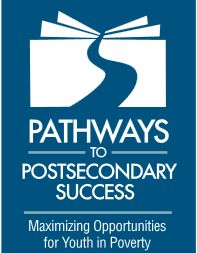
By Daniel G. Solórzano, Nancy Acevedo-Gil, and Ryan E. Santos. Latina/o students are the largest and fastest growing group in the K–12 sector of U.S. education (Lee et al., 2011; U.S. Census Bureau,2012). Nationally, there are over 12 million Latina/o students in the K–12 population—23% of the overall total (U.S. Census Bureau, 2011a). In California, 53% of all K–12 students are Latina/o (California Department of Education, 2013). This rapid increase in the Latina/o student population impels us to examine their postsecondary educational pathways. Notably, 80% of California Latina/o postsecondary students enroll in community colleges (Moore & Shulock, 2010).2 As Figure 1 shows, Latina/o enrollment in the California Community College (CCC) system is at an incline, while white student enrollment is declining. In 2010, Latinas/os surpassed the white student population as the largest group in the CCC system. These figures make clear that community colleges represent an increasingly vital postsecondary entry point for Latina/o students. Relatively few Latina/o community college students persist to transfer, obtain a certificate, or complete a degree. The CCC system is designed to provide basic skills education, life-long learning opportunities, Career and Technical Education (CTE), and the opportunity to transfer to four-year colleges. On average, out of 100 Latinas/os in California who enroll in a CCC, four will complete a CTE degree and 14 will transfer to a California State University (CSU) and/or a University of California (UC) campus (Figure 2).3 Therefore, large numbers of students leave school without a certificate or degree. Thus, in spite of increasing enrollment, the community college system also represents the point in the educational pipeline where we lose the greatest number of Latina/o students (see Moore & Shulock, 2010; Ornelas & Solórzano, 2004; Rivas, Perez, Alvarez, & Solórzano, 2007; Solórzano,
Villalpando, & Oseguera, 2005).
